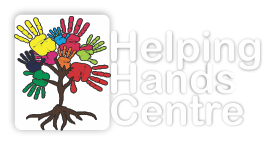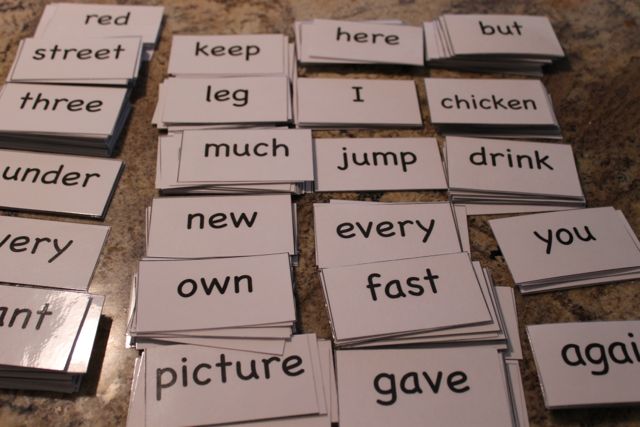Effective Reading strategies for kids with Reading difficulty
Why can my child speak so well, but struggle with learning to read? Why is reading so hard?” Those are questions asked by many parents of kids with reading issues. If your child is having a hard time with reading, you might be wondering why, and what can help. Some kids just need more time and practice than others to learn reading skills. Others need extra help and support to get there
Struggles for kids with Reading difficulty:
1. Difficulty recognizing the individual sounds in spoken words (phonemes). The ability to recognize and play with speech sounds is called phonemic awareness.
2. Difficulty sounding out written words (decoding) and recognizing familiar word parts.
3. Difficulty understanding what is being read. Limited vocabulary and background knowledge contribute to lower levels of reading comprehension.
4. Limited English language skills.
5. Limited experience with print and books.
6. Instruction that doesn’t meet an individual child’s needs. For example, a child with dyslexia may need additional explicit (step-by-step) instruction, provided in a carefully planned sequence
When kids struggle with reading, it can show up in unexpected ways. They might avoid doing homework or not want to go to school. In some cases, they might act out in class because they’re frustrated. Kids who have trouble reading might avoid reading altogether—especially reading out loud. That can happen at home or at school. The teacher might notice that your child asks to use the bathroom during activities that involve reading aloud. You or your child’s teacher might notice more specific reading challenges, too. Your child might not be able to sound out words yet, for example. Or maybe your child has trouble explaining what a story was about. Sometimes, reading challenges show up early on. In preschool and kindergarten, kids might struggle to recognize letters or rhyme words. They might have trouble pronouncing words, like saying “mawn lower” instead of “lawn mower.” Or they might take much longer than the other kids to learn the alphabet and the days of the week.
Other times, reading challenges don’t show up until later—even as late as high school. Starting in grade school, kids may read below grade level. Here are some skills kids may struggle with as they get older:
- Spelling
- Summarizing a story
- Doing word problems in math
- Reading out loud correctly
- Remembering facts and numbers
- Learning another language
- Following directions
- Keeping track of time
- Getting jokes or understanding common expressions
- Essential Elements of Reading Instruction
In 2000, the findings of an analysis of more than 100,000 reading studies was published by the National Reading Panel (NRP).This panel concluded that there are five essential elements of effective reading instruction, commonly known as the “Five Pillars of Reading”. These pillars include phonics, phonemic awareness, fluency, vocabulary and comprehension strategies. These elements are called pillars because the research identified them as the foundations for building strong reading skills. The NRP also included recommendations for effective reading strategies which included:
- Explicit instruction in phonemic awareness
- Systematic phonics instruction/word study
Tips for improving fluency and increasing comprehension
Researchers now have the ability to compare the brain functions of struggling readers with those of good readers. The results of many neurological studies reliably show that the brains of those with dyslexia and other print-based disabilities often do not process language as efficiently and require specific reading strategies to “wire” the brain for print. The approach that has proven the most effective for struggling readers is called Structured Literacy and includes some of the same elements identified by the National Reading Panel. Structured Literacy is guided by several main principles: instruction is systematic, cumulative, and explicit, and the instructor adapts instruction to meet the needs of the student.
The core components of Structured Literacy include:
Phonology (Sound structure) – Phonological awareness involves the ability to recognize, produce, and manipulate the sounds of speech including rhymes, segmentation, and deletion.
Sound-Symbol Association (Phonics) – The alphabetic principle is the understanding that letters and letter combinations represent the sounds of spoken language and that letters are blended to form words.
Syllable Instruction – Each of the six basic syllable types is taught explicitly to determine the sound of the vowel in the syllable and where multisyllabic words should be divided.
Morphology – Instruction involves the study of base words, roots, and affixes to help students build knowledge regarding the meaning of words should be divided.
Syntax – The sequence and function of words in a sentence that convey meaning including grammar and language conventions
Semantics – Instruction includes the comprehension of written language through the study of word meanings and phrases.
Using evidence-based reading strategies provided by a trained and knowledgeable instructor has been demonstrated to be the most effective method of supporting instruction and intervention. Implementing these strategies can make a tremendous difference for readers and those who are committed to improving reading outcomes.
Training for Children with Reading Disabilities
Because most children who are identified as being poor readers are also weaker than their classmates in phonological awareness skills, providing training in awareness has been thought to be helpful for ameliorating these children’s reading difficulties. To date, several studies have examined the efficacy of this approach to remediation, with somewhat mixed results.
One of the earliest studies of phonological awareness training for disabled readers focused on phoneme analysis, blending, and phonological decoding of text for students ages 7 to 12 with serious reading difficulties, compared with similarly low-achieving children who did not receive training, the trained group earned significantly higher scores on several measures of phoneme awareness, reading of nonsense words, and reading of regular three-letter words that had not been used in the training materials.nike court royale mens white hair style chart , Botas Beige | NETWORK-PRESIDENTS Store , Nike Dunk Low ‘Georgetown’ DD1391 – 003 – nike free runs boys orange blue dress black blazer

